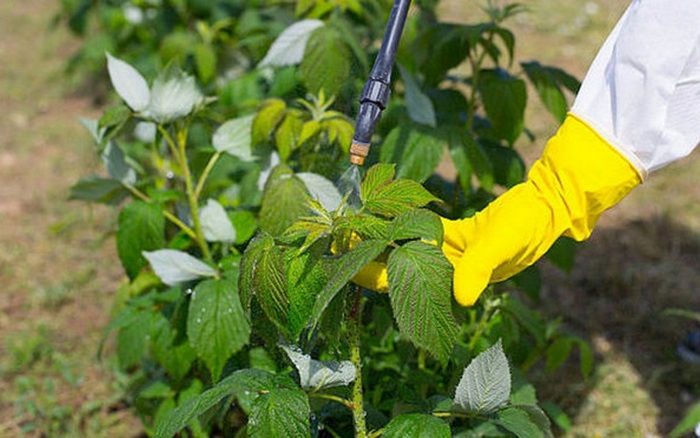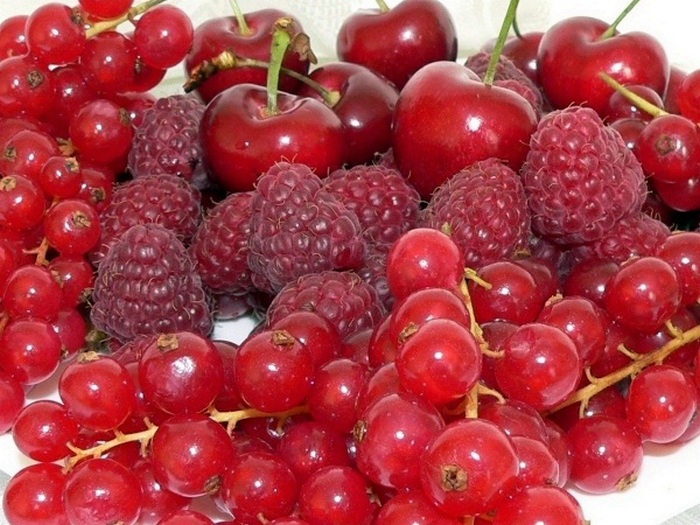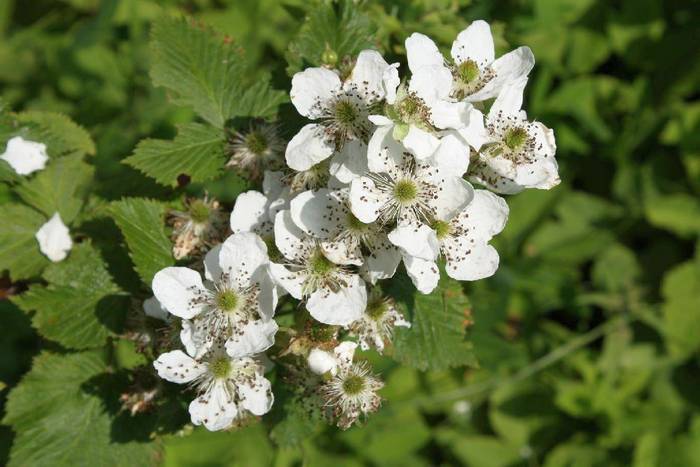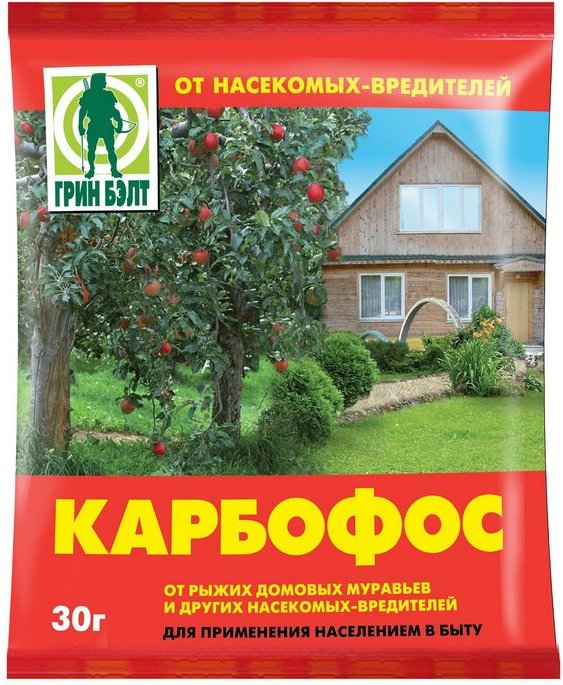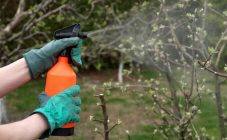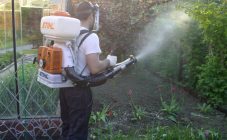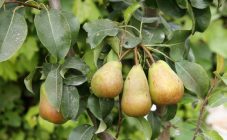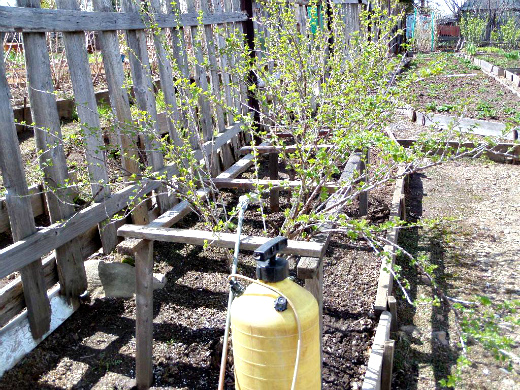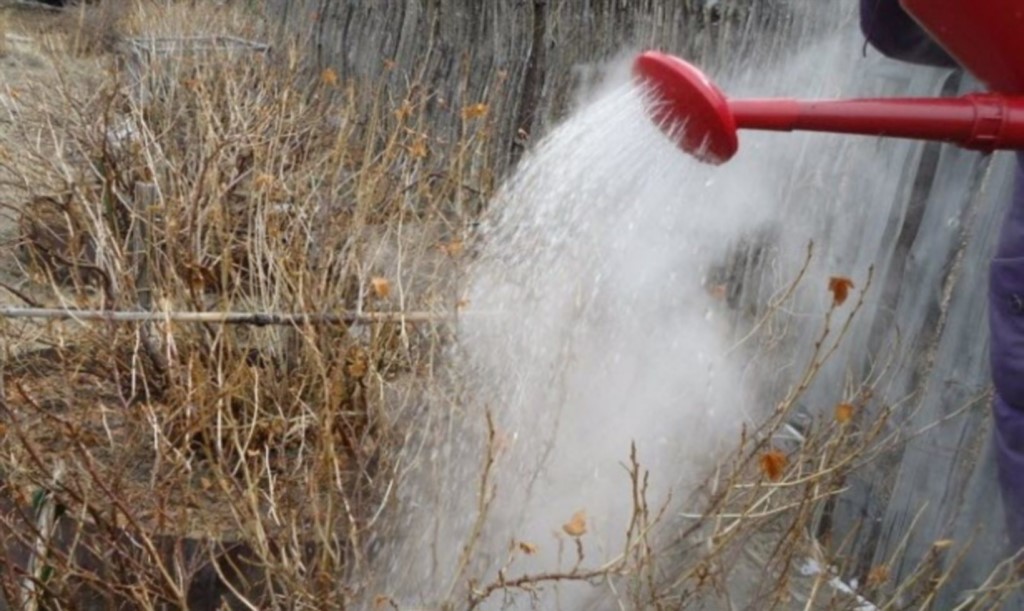Content:
The snows have not yet melted, and summer residents are already working on their plots, preparing crops for the new season. Spring care is not complete without mandatory pruning, but you also need to feed the plants and spray with protective agents. Only the right approach will ensure a good harvest.
What is shrub processing for?
Those who already have a summer residence know that farming is not only an entertaining leisure, but also painstaking work. Even with proper agricultural practices, garden shrubs get sick and are exposed to insect infestations. Neither top dressing nor sanitary pruning will save the situation if raspberries are not treated in the spring from diseases and pests.
Garden crops after hibernation are still weakened, and insects, sensing the spring warmth, are already beginning to crawl out from under the ground or foliage fallen in autumn to feed themselves on raspberry shoots, in which sap flow has begun.
Shrub diseases and pests
Raspberries are susceptible to diseases that affect other garden plants. Some of them are associated with mistakes in care, others are fungal, bacterial, viral. Insects do not bypass the bush, which first feast on stems, then buds, leaves, gnaw out the buds. If you do not take the necessary measures, they get to the fruit.
Raspberry diseases
The infection can get to the site with new seedlings that have appeared in the garden, pests that have come, or blown up by the wind. If currants grow next to the raspberries, the bushes begin to hurt at the same time.
Common raspberry varieties are poorly resistant to infections. The repaired species and new hybrids have great immunity, but if they are not sprinkled in the spring or if you stop caring for them, then these varieties will quickly get sick.
The main diseases of the raspberry
| Infection | Short description |
|---|---|
| Viral diseases | |
| Mosaic | Light, sharply defined marks form on the leaves, gradually merging into rings. In the process, the plates turn pale, then turn yellow and become covered with necrotic spots. If the virus appears at the time of flowering, on the petals you can see streak-like, elongated, small specks that differ in shade |
| Chlorosis | Pests, penetrating the breaks and cuts on the stems, infect the plant with a virus, which makes the shoots turn yellow and thinner. The whole bush gradually dries up |
| Curliness | This disease affects the plant slowly - over 2-3 years. Leaves become smaller, wrinkled, become tough. The plate below takes on a brown tint. The bush is deformed, gradually dries. Berries lose their flavor value |
| Bacterial | |
| Septoria | The leaves are covered with brown-purple spots, which subsequently turn gray. In this case, the edges are lighter than the core, on which you can see tiny black dots |
| Rot is wet | The leaves begin to turn yellow at the tips, then the entire plate changes color. Further, dark gray or brownish wet spots appear.Very quickly, the infection spreads to the stems, penetrating the core. If the flowers have time to bloom, they fall off. The disease is characterized by a sharp unpleasant odor |
| Cancer | The disease creeps up unnoticed, so it is difficult to understand when the kidneys die. The problem is indicated at the time of budding - too few flowers are formed. Even those that have managed to open up quickly turn black and dry up. You may also notice cancerous growths on the shoots. |
| Fungal diseases | |
| Rot gray | The leaves turn yellow completely, and black small dry spots appear on the underside of the plate. The shoots are covered with a fluffy ash-gray bloom, which can be seen in the future and on the fruits. |
| Spotting | First, spots of gray, brown or black appear on the leaves. Sometimes they have a border or are dotted with small dots. Gradually, the leaves turn yellow, die off and crumble. The bush is delayed in development and loses its decorative effect. Most often, the disease is associated with improper diet. |
| Rust | Yellowish spots on the leaves begin to darken, becoming like metallic rust. On the underside of the plate, dusty yellow pads form, which turn into black stripes by the end of the season |
| Anthracnose | The onset of the disease is characterized by dark red or grayish-purple, rounded spots covering the leaves and stems. A spotted border can be seen along the contour. Leaf tissue trapped in spores becomes brittle and may fall out. The stems ulcerate with wounds, then turn brown and dry out |
| Powdery mildew | On the shoots and leaves, you can see a powdery coating in the form of a cobweb. The mycelium grows, forming small balls that darken over time. Tissues affected by plaque turn yellow, dry out, leaves fall off |
Pests
Most insects are very small and difficult to spot on raspberries. Many pests live in the soil, eating up the roots, or settle inside the shoots, buds and penetrate the berries. Therefore, it is very problematic to fight them without knowing the main signs of the invasion.
Raspberry pests
| Name | Signs |
|---|---|
| Gall midge stem | The appearance of an insect that has penetrated inside the stems can be judged by the ugly swellings that appeared on the shoots |
| Weevil | With its long proboscis, the pest pierces the tissues of the plant and sucks out the juices. Exhausted shoots wither, leaves fall. If the weevil gets to the berries, they dry out |
| Crimson beetle | It feeds on leaves, flowers and berries. Fruits quickly spoil and shrink |
| Spider mite | Its presence can be recognized by white punctures that appear on the leaves. If the bush is significantly affected, it quickly fades and dies. |
| Stem fly | The insect sucks the juices from the shoots, which is why the tops of the stems wither and wither |
| Raspberry walnut | The pests feed on the shoots, causing them to crack. On the stems at the site of tissue damage, you can see 10 cm swellings |
| Aphid | These small green insects are immediately visible - they stick around the stems and leaves in whole colonies. They also penetrate into unopened buds |
When to treat pests and diseases. Despite its small size, pests very quickly affect the raspberry tree. If you do not take preventive measures and do not fight them, the berry will start to hurt and lose its grade. In some cases, the affected bushes will even have to be removed so that they do not infect other crops in the garden.
The main preventive measures are carried out in early spring, treating the bushes with special preparations. It is necessary to spray the raspberry tree several times throughout the season at intervals of 2-3 weeks, since each pest has its own duration of activity.
Chemicals can be used until the beginning of budding. As soon as the plentiful color goes, exclusively folk harmless remedies are used.You need to process not only the bush, but also the soil around it.
At the same time (from March to the swelling of the buds), poorly overwintered shoots should be cut off: frozen, sick, damaged.
What to process
For the fight against diseases and pests to be effective, you need to know how to process raspberries. It is recommended not to be limited to one remedy, but to use a whole complex. These are various industrial preparations and folk methods. As an alternative to chemical compounds, manufacturers offer a selection of biological products that are harmless to humans, but effectively deal with diseases and insects.
Some substances have a narrow specialization, others have a broad action:
- Bordeaux liquid (and analogues) can be safely used for diseases and insects;
- acaricides are designed to fight ticks;
- insecticides affect all pests;
- systemic fungicides are used against the fungus.
Biological agents
A good result in caring for raspberries is given by biological products, which can be safely called an environmentally friendly product. The composition includes live bacteria, viruses and antagonist fungi that do not harm plants, but help to destroy pathogenic insects and diseases. Each such remedy not only revitalizes the berries, but is also an excellent top dressing.
Biological preparations
| Name | Short description |
|---|---|
| Bisolbeefit | Dry mixture of biological fertilizer. Recommended for stimulating plant immunity, suitable for protecting raspberries from all kinds of diseases; |
| In spring treatment it is used as a preventive measure. The microorganisms trapped in the soil, waking up, immediately begin to carry out "sanitary therapy" | |
| Bitoxibacillin | Insecticide effective against larvae of raspberry mites and other pests. Leads to massive death of parasites within a week, acting intestinal |
| Fitoverm | Natural preparation of complex action, created from the waste products of soil microorganisms. The tool begins to act 5 hours after penetration into the soil, and after 2 days the summer resident will see a real result. In total, the protection of the bushes lasts about 3 weeks. |
Note! Biological preparations are readily soluble in groundwater, so they can be embedded in the soil dry.
Chemical substances
These funds contain pesticides, so they are resorted to as a last resort, if biological did not give the desired result. But before starting to process raspberries in the spring from pests and diseases, it is recommended to cut off already affected areas of the bushes and destroy them. Better to make do with a small sacrifice to save the rest of the plant.
Chemistry is used repeatedly - you will have to carry out at least 4 treatments (2 of them spring):
- at the early stage of the growing season, when leaves hatch from the buds;
- before the bush blooms;
- after the harvest is removed (for remontants - after the second wave);
- after 2 weeks from the previous spraying.
To combat raspberry pests, it is better to use universal broad-spectrum products:
- Karbofos, produced as a concentrate (30%);
- Chlorophos on sale is presented in 2 variants: in powder and technical form (both 80%);
- Trichlorometaphos-3 - 50% emulsion;
- Decis, Fury, Fufafon, Taran - in ampoules.
To combat spider mites, Acaricide is suitable; Formalin will help get rid of the larvae. The rules for using chemicals are indicated on the packaging, these instructions must be followed.
Chemicals against raspberry diseases
| A drug | Mode of application | What diseases |
|---|---|---|
| Euparen and Benlat | Every 3-5 days the raspberries are sprayed with a 0.2% solution until the plaque disappears | Against gray mold |
| Kuprozan | Periodic treatment of bushes with a 0.4% solution | Stain protection |
| SKOR, Vectra, Topaz, Nitrafen | Ampoules of 2 ml are diluted according to the attached instructions | To combat powdery mildew and gray mold. Often used against rust, powdery mildew and other common diseases |
| Iron and copper sulfate | Powder or crystalline salt is diluted to 4-5% just before sprinkling the raspberry bushes | For all types of bacterial and fungal diseases |
| Keltan | 0.2% solution is used for watering plants | Good not only in the fight against fungi, but also against some pests |
| Oxyhom | The properties are similar to copper oxychloride. 1 sachet in 10 g is designed for 5 liters of water | Universal remedy |
| Phthalan | Analogue of Bordeaux liquid, diluted at the rate of 40 g per 1 liter of water | Against all fungal diseases |
| Figon | Spraying raspberries requires a 0.2% solution | |
| Fundazol | · Systemic fungicide. It is used not only to treat the disease that has arisen, but also for prevention; | |
| In the first case, it is taken as a proportion of 0.15-0.2%, in the second - 0.05-0.1% |
Folk recipes
Experienced gardeners have the skills to care for raspberries and recognize the first signs of disease immediately. First, to eliminate the problem, improvised means are used that are harmless to living organisms and nature, but effective against fungal diseases and parasites.
Traditional therapy
| Means | How to apply | What problem |
|---|---|---|
| Marigold | 0.5 buckets of dry leaves are soaked in 10 liters of hot water and kept for 2 days | Against fungal diseases and aphids |
| Mustard | Take 10 g of powder in a bucket of hot water and leave for 2 days, then dilute, increasing the volume by 2 times | For raspberry pest control |
| Wood ash | 3 g the funds are poured with a bucket of boiled water and after 2 days they process not only the bushes, but also the near-trunk circle of the earth | Good for powdery mildew and pest control |
| Mullein or rotted hay | A third of the bucket is poured with water (3 l) and insisted for 3 days. Then filter and add water to the top of a 10-liter bucket | · From all types of diseases of berries; |
| It is also an excellent plantation fertilizer | ||
| Garlic (onion) | · Scroll in a meat grinder and fill with water (100 g per 5 l). After 2 days, the bushes are treated; | It repels almost all pests with its smell |
| Experienced summer residents recommend periodically just sticking a clove of garlic into the ground next to the bush | ||
| Horsetail | Fresh grass (300 g) is soaked in cold water (3 l) for a day. Then they bring to a boil and simmer for half an hour over low heat. After cooling, filter and dilute in a 1: 5 ratio. It is necessary to spray a diseased plant once a week until the disease recedes | Used against powdery mildew |
| Iodine | A vial of the product is dissolved in a liter of water and sprayed on diseased bushes | From powdery mildew and as a preventive measure |
| Ammonia alcohol | 3 tbsp bred in a bucket of water. They try to water raspberries with this composition in early spring in order to disinfect and prevent disease. One bucket is enough for 2 adult bush | From all fungal and bacterial diseases |
There are many homemade recipes to cope with raspberry problems in the arsenal of summer residents. Each popular version is good, and some gardeners manage to get by with very little - they use ordinary boiling water. Waiting until the snow melts and the soil thaws a little, they water the bushes and the trunk circle with such water, thereby destroying the larvae of pests that hibernated in the raspberry patch.
After such processing, urea is also used, it is scattered on both sides of the raspberry row. At the same time, the summer resident solves 3 problems at once: the drug will feed the bushes, strengthen the immune system against diseases and protect against pests.
Errors in agricultural technology
Inexperienced farmers sometimes make mistakes in caring for raspberries:
- starting to fertilize the bushes, they try to use as many nutrients as possible, hoping that the amount will give a good result;
- another wrong approach in agricultural technology is the frequent watering of plants with solutions supplemented with fertilizers;
- the timing of the processing of raspberries is not always observed - sometimes this happens at the time of ripening of the berries;
- Sick, damaged and old shoots forget to trim.
These and similar errors weaken plants, which provoke disease damage. Only by learning how to properly care for crops can you get good yields. Spring gardening is especially important as a guarantee of plant health.
